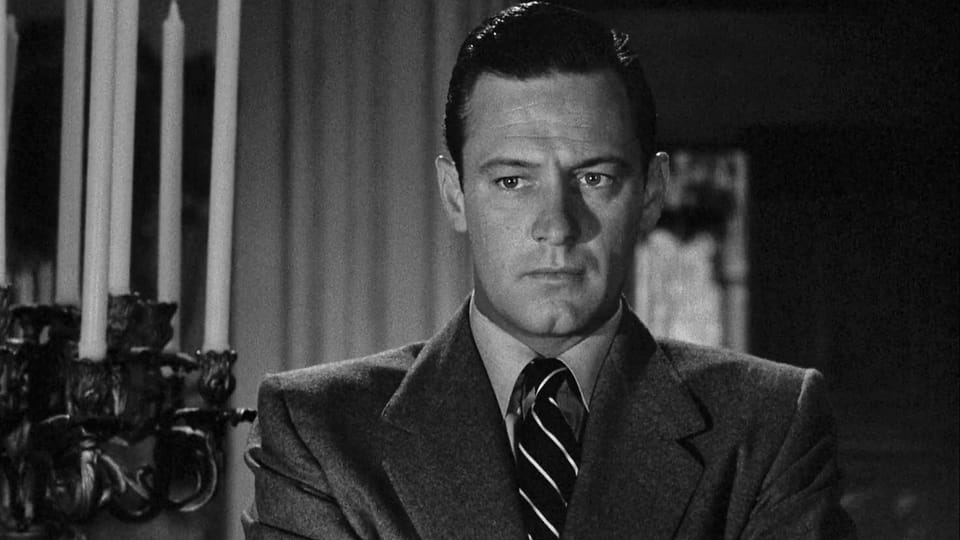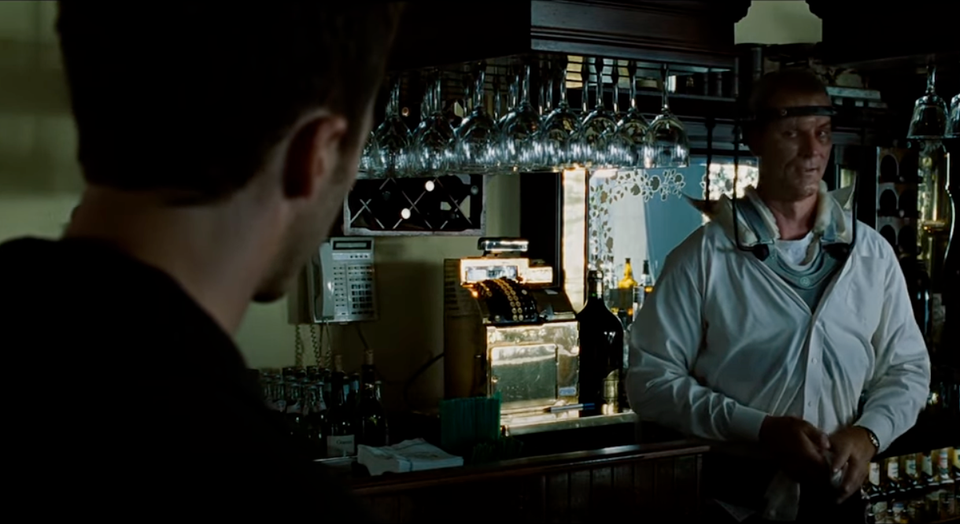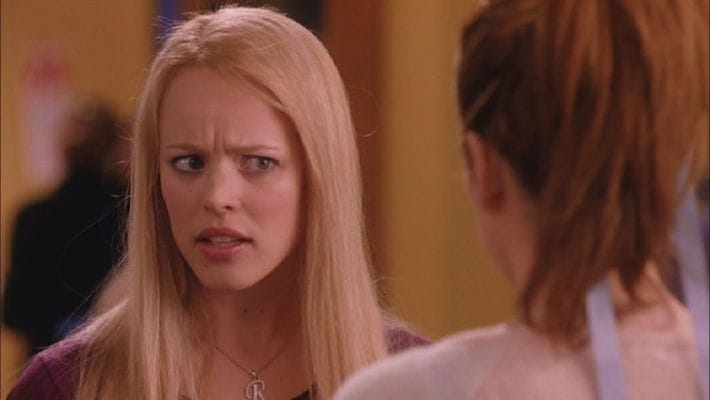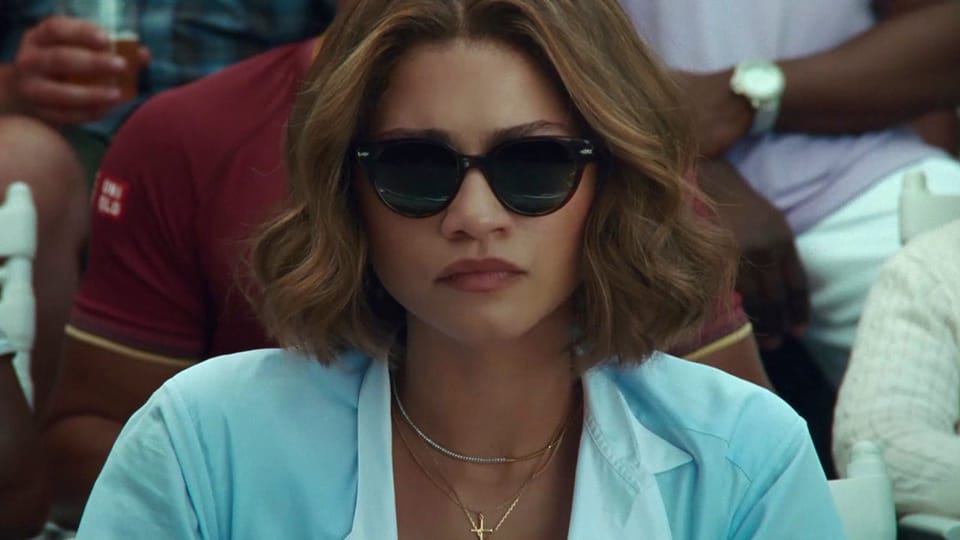How to write a montage.
Don't let proper montage format sabotage your montage.
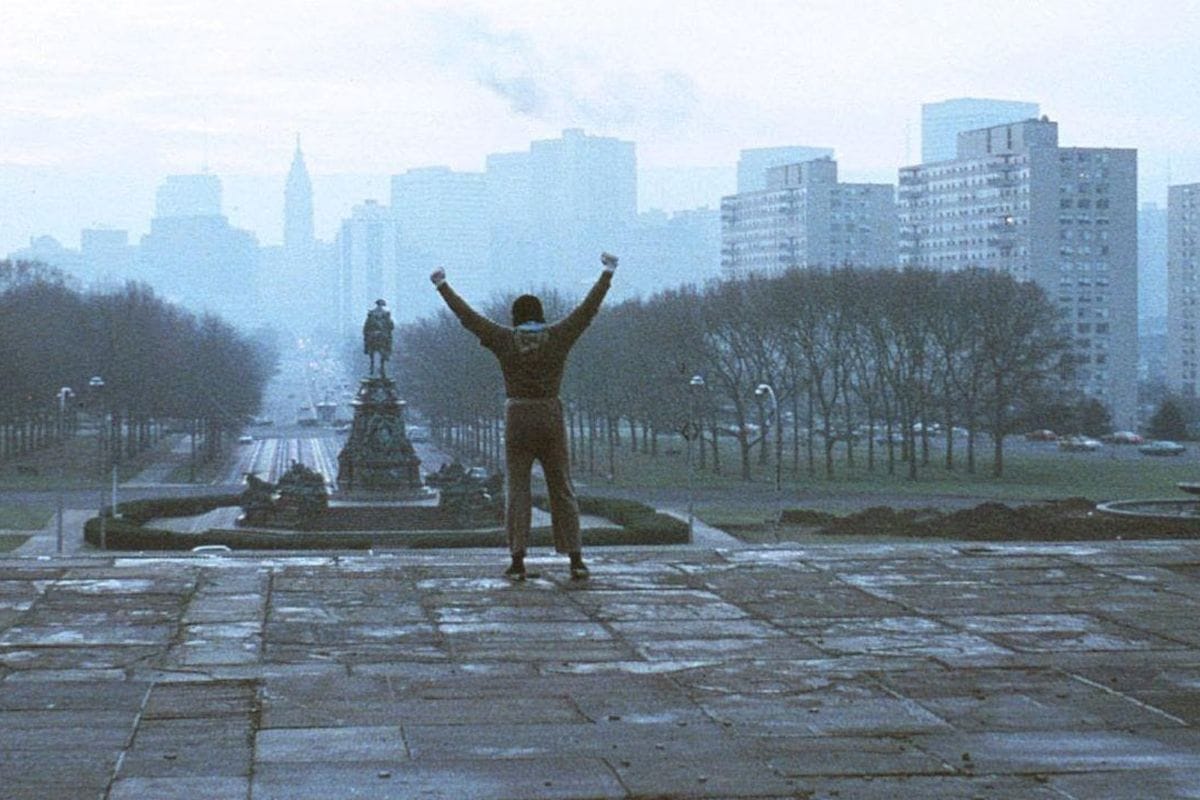
The Story and Plot Weekly Email is published every Tuesday morning. Don't miss another one.
I don't write montages often. I honestly can't think of the last one I included in a screenplay.
I grew up in the '80s, so I love a good montage. VALLEY GIRL, NIGHT OF THE COMET, TOOTSIE. Any ROCKY movie.
For some reason, though, as a storyteller, they don't come naturally to me.
Others write them, however, and I have had some questions about why they read so badly on the page and what to do about that.
Do you need proper formatting?
If you have read many of these Weekly Emails, you know I am pretty loose with my own formatting.
That said, I do teach a university class, and that includes at least a basic amount of proper screenplay format.
For me, the gold standard for "proper" screenplay format is The Warner Brother Script Room. This is because they were the most stubborn and arrogant about format over the years and the last of the dead-enders.
These days, it seems like every production has its own standard, but if you ever decide that you absolutely, definitely want to use standard formatting, I recommend:
The Hollywood Standard by Christopher Riley.
Riley comes from the Warner Script Room, so he is super biased towards do it this way! But he is a friendly read, and he knows his stuff.
So, how do you properly format a montage?
According to Riley, any of these styles would be acceptable.
See the word 'montage' in the scene heading above? That is to let you know it's a montage.
Here is another option if you prefer 'montage' in the action lines.
For some reason, I hear Steve Buscemi in FARGO deadpanning, "Whoa, nelly," from all the excitement.
If you have multiple locations, here is another option:
You will often see "END MONTAGE," and while that is proper, it is usually unnecessary. We will know the montage is over because you will be doing something else that is no longer a montage.
So, there you go. Write your montage one of those ways and no one will complain about your formatting!
They may hate the montage itself, skip over it, or simply check out as they read these words, but no notes on the formatting!
Congrats.
Now that you have read these three options, please take a minute to let the uncontrolled adrenaline disperse from your system before proceeding.
I need you clear-headed for the rest of this, and too much sensation will cloud your judgment.
Ready?
Why I hate them all.
They read horribly. They're technical and clunky. They read like instructions.
They're proper. But they're terrible.
None of them work for me.
What's a better way?
As with everything, we make decisions based on --
Guiding Principles
And my guiding principle for action lines is this:
Evoke the emotional experience of watching the movie on screen.
That's it. I want the reader's eyes to go down the page so they see, hear, and feel the movie.
I don't want them reading a document.
Anything that contributes to that, I look to change.
Now, of course, I'm going against reality here; they are reading a document, so I'll never get there 100%.
But I'm going to do everything I can to try.
Here are three things to remember.
1) Don't use the word montage unless it is for a specific purpose.
Never say the word. Don't use it, don't say it. As soon as you use the word montage, the magic is over.
It might have something to do with when you watch a montage it's not announced to you ahead of time.
You discover that you're watching one.
So when you write it in the script, it feels like you're telling us what is about to happen, and it loses the illusion of real-time.
I'm just tossing that out there, I don't know if that's it.
I just know that screaming montage on the page makes it a technical execution rather than an emotional sequence.
The reader's brain shuts down because now they think they know what this is and how it goes.
Once you write "montage" or something like that, you lose a certain amount of control.
Is it the worst thing? Not really. But I am thoroughly convinced all the little things add up.
Give not mentioning montage a shot, and see if it works for you.
2) Remember the primary story.
This is often the biggest mistake writers make. They use the montage to show the passage of time but not to affect the protagonist.
A montage is not the same as a transition.
Yes, it's a mini-story, but it must serve the larger story. What change happens in this montage? What is it about?
Does the protagonist change for the worse? For the better? Are their expectations raised? Lowered? Do they finally have enough of whatever it is they're enduring?
It should be fun to watch, but the montage SERVES SOMETHING UP for the scenes that follow.
The montage has consequences. The real payoff will be later.
3) Keep it emotional.
Once you decide what the montage is about, you need to decide how the characters and we feel about it.
They aren't always the same.
ROCKY III
The first training sequence in ROCKY III was about how Rocky wasn't taking the training seriously enough. Mickey stood in for us and expressed frustration.
It contrasted with how Clubber Lang trained, which was more like Rocky in the first two films.
We know what's happening, Mickey knows what's happening, but Rocky doesn't.
PRETTY WOMAN
The shopping montage was about joy. It was a rags to riches fantasy of someone normally treated poorly who was suddenly treated like a princess.
And then capped off by the famous, "Big mistake" line of triumph.
BRIDESMAIDS
Annie begins to put her life back together, and she starts with a cake. She also hugs her mom, gets her car fixed, sets her mom up, and offers the cake as an apology to a guy to whom she wasn't very nice.
And it isn't well received. This is a montage of hope, humility, and rejection, all under one song.
The examples.
The format examples above are designed to show format options, so they lack any kind of story or POV. And that's what we need to actually write a montage.
So, I will choose them.
Let’s say Deborah has arrived at a family house. It needs to be cleaned, and her brother was supposed to do it, but he hasn’t shown up.
That means she has to do the cleaning.
But what's our POV? What's our angle?
Let's make it a comedy, and Deborah is wholly unprepared to clean anything. She is spoiled and easily grossed out.
What is the impact of the scene? The cleanup will nearly break her, and when her brother finally shows up, it will unleash twenty years of sibling resentment.
That's the emotion, the story, and the consequence.
That's the montage. The format and the rest of the writing serve that.
A quick rewrite.
Here is another way to approach it. Now, it's late; I am not going to claim this is my best work, but this is another option.
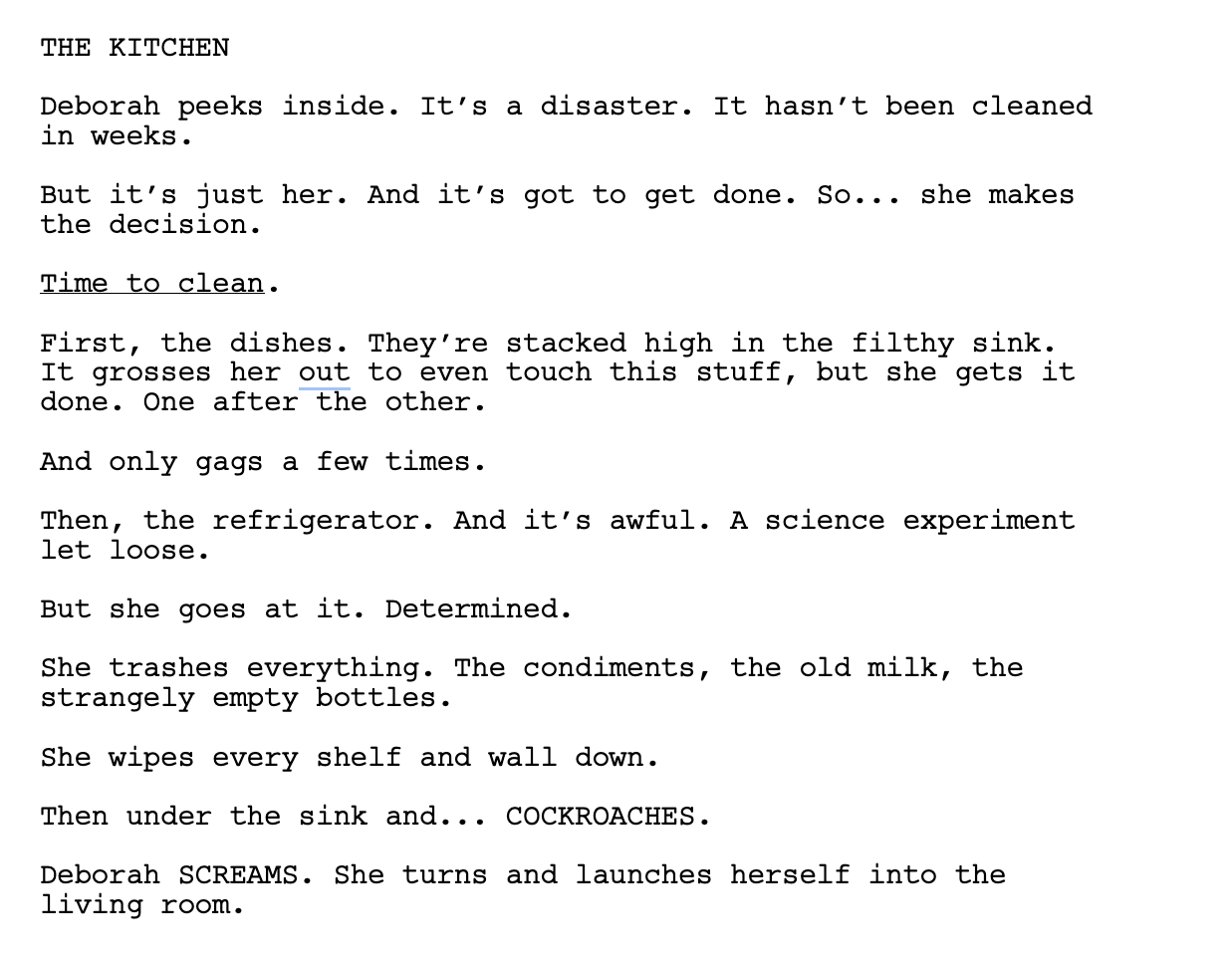
Honestly, my instinct is to go for more jokes. Have her unable to stick her hand into the murky water and keep coming back to it.
Perhaps she finally puts her arm in a trash bag, and that's how she unclogs it!
The more grueling the clean-up is, the funnier it will be, and the more pissed she is going to be at her brother.
But that's not what this example is about.
What's important here is the images, emotions, and rhythm that keep the reader watching a movie rather than reading a production document.
You don't have to tell them it's a montage because they already see one.
What is the montage about? What's the emotion? What's the consequence?
That's what's important.
But it's longer.
It is.
And yes, it's true that if you can get the same emotion after cutting some lines, you should definitely cut those lines.
But it's also true that if you can get substantially more emotion with just a few more lines, always take a few more lines.
An exercise.
Find a montage from any movie you love and write that montage in screenplay form.
You won't have to think about what will happen or what emotions you want to evoke. Those choices will already be made.
You can just focus on the question, "How would I write this?"
Do that. Try it out. Play. Have fun.
Capture the visuals and the emotions. Once you clear your mind and focus on what's important, I bet your next montage will be significantly better.
That's a wrap for this week!
As always, thanks for subscribing, and I hope this helps so much.
If you want to share this email on social media (please do!), you can use this link HERE.
So until next week!
Cheers!
Tom
The Story and Plot Weekly Email is published every Tuesday morning. Don't miss another one.
When you're ready, these are ways I can help you:
WORK WITH ME 1:1
1-on-1 Coaching | Screenplay Consultation
TAKE A COURSE
Mastering Structure | Idea To Outline

